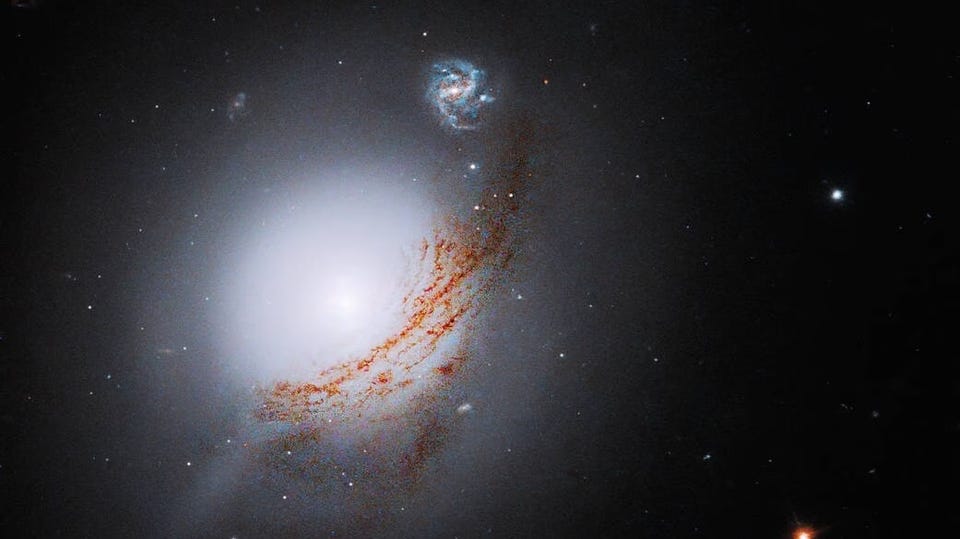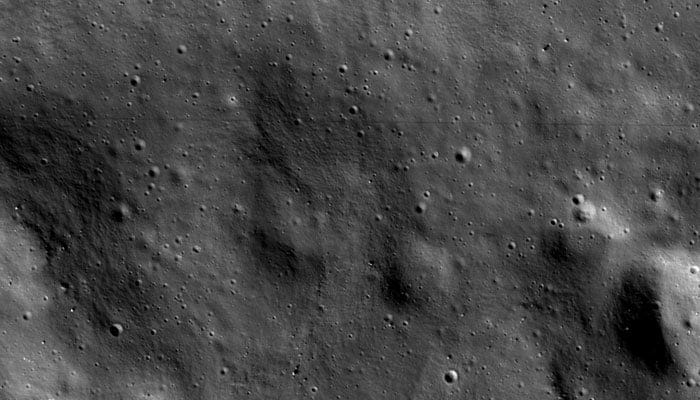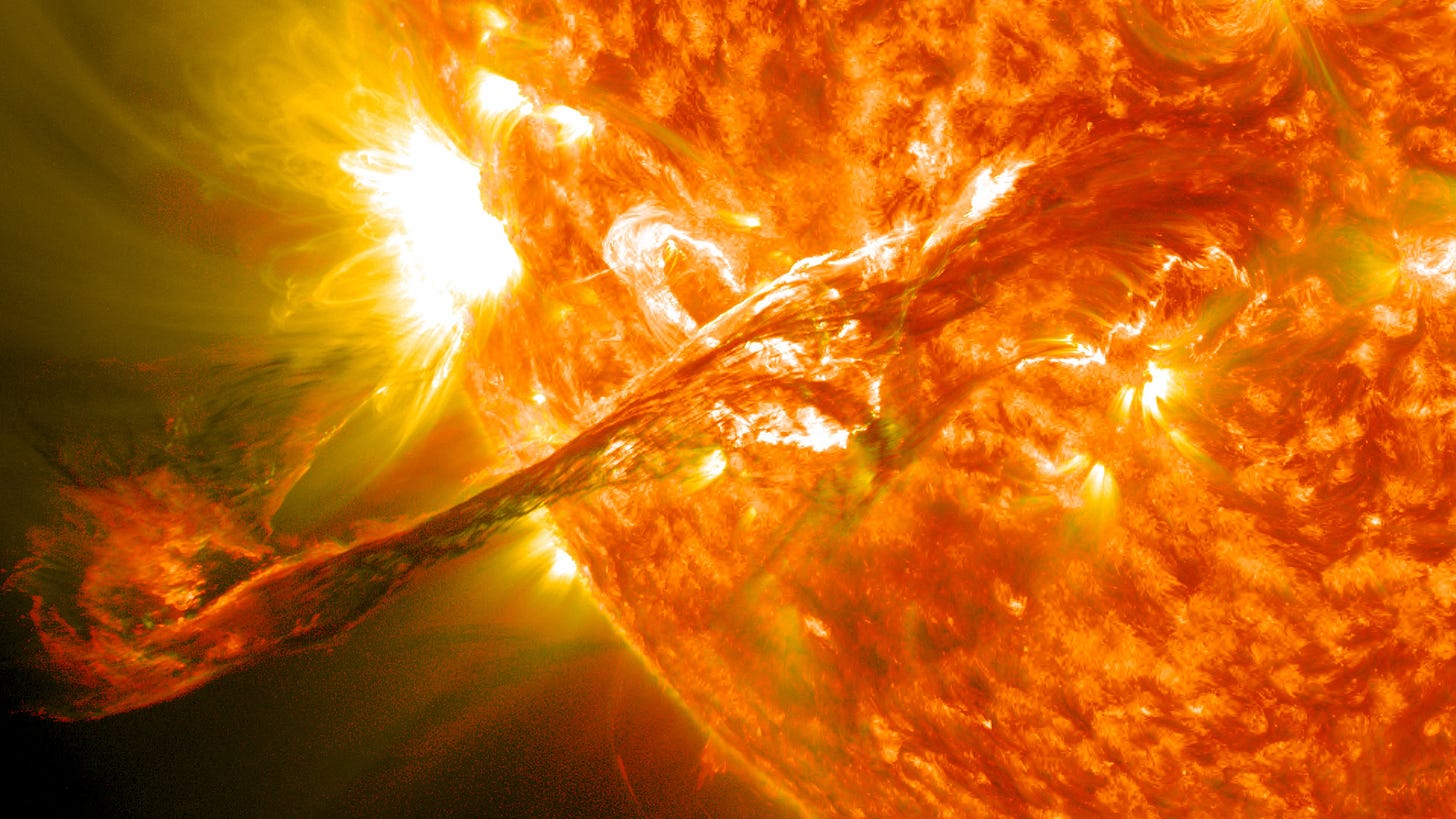Weekly - NASA detects water vapor in distant star system with uncertain source and more
Weekly Space News - Quick and Easy
NASA detects water vapor in distant star system with uncertain source
Last week NASA detected hints of water vapor coming from near a rocky exoplanet called GJ 486 b, located 26 lightyears away from the Earth. Scientists, however, are not completely convinced that the water vapor is from the exoplanet. The new exoplanet orbits a red dwarf star called GJ 486 which emits large amounts of harmful X-rays and UV-rays which can seriously damage atmospheres. This means that the exoplanet would have to be able to maintain an atmosphere in these harsh conditions to host water vapor. Scientists warn that the water vapor detected could be coming from the star itself as some stars have been known to hold water in their cool starspots. If the vapor is indeed coming from the exoplanet, it will be the first time water vapor has been detected in the atmosphere of a rocky exoplanet.
Hubble discovers new lenticular galaxy
Last week NASA’s Hubble space telescope discovered a rare new lenticular galaxy. Lenticular galaxies have a mix of features from spiral and elliptical galaxies. They have a central bulge and disk-like spiral galaxies, but no spiral arms. Like elliptical galaxies, they have older stars and not much new star formation. The galaxy called NGC 5283 is located 200 million light years away from Earth.
NASA captures highly detailed images of lunar south pole
NASA recently captured incredibly detailed images of the lunar south pole and the designated landing site for the upcoming Artemis mission in 2025. These high-resolution images were captured by NASA's state-of-the-art ShadowCam, an advanced optical camera, which was equipped on the Korea Pathfinder Lunar Orbiter (KPLO) spacecraft that is currently in orbit around the moon.
NASA captures footage of solar tornados, sunspots, and solar vortex
Recently, NASA has observed numerous uncommon occurrences on the sun, such as solar tornados, sunspots, and solar vortexes. The sun has also exhibited a high frequency of solar flares. According to scientists, this heightened activity is likely due to the sun approaching the end of its 11-year cycle( where the number of dark spots on the sun increases and decreases). The predictions of X-class solar flares, which are the most powerful type, have been increasing. Such violent solar activity may potentially pose a significant risk to satellites and power grids.





